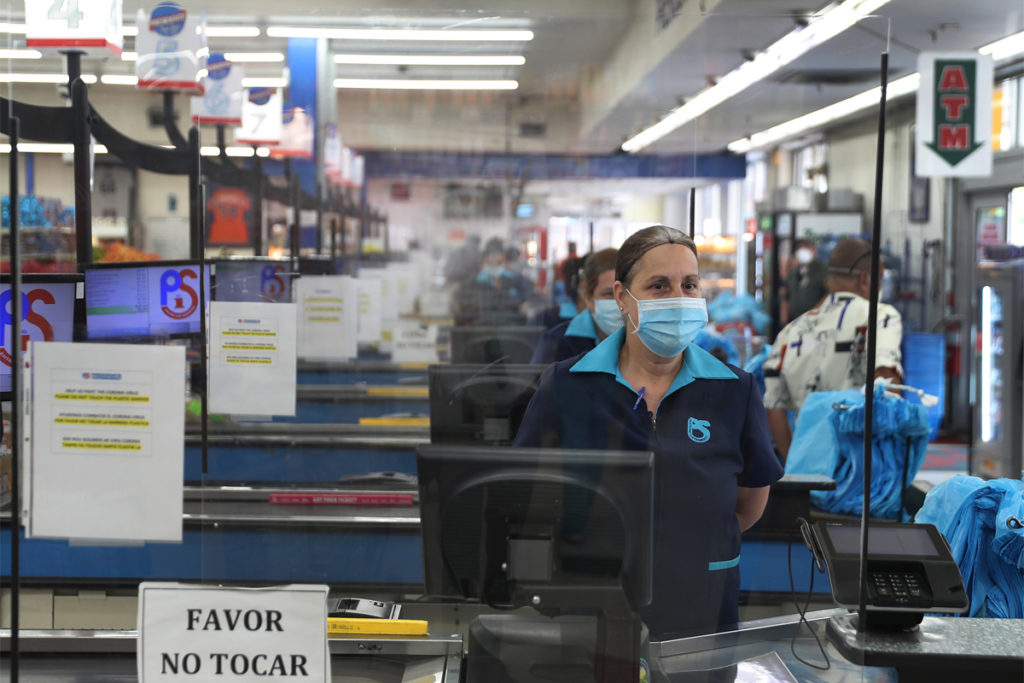Rethinking Work

I don’t entirely know what to make of the seemingly widespread choice by a lot of low-wage workers to not go back to their crappy jobs. There’s been a ton of stories on this, mostly from Republicans and employers complaining that unemployment benefits are giving workers too much power to not work and thus they need to end. There’s actually something to that because I think that is in part what is happening, though some studies question that. The lesson though is the opposite of what they are taking from it. They want to use the government to discipline workers. That’s what Montana and South Carolina are doing by ending the enhanced unemployment benefits from the pandemic (another terrible part of this terrible governmental system we have is allowing states to have this power). More states will undoubtedly follow. And it probably will force a lot of people back into the fast food joints and the big box stores.
But it’s also clear that Americans are deeply unhappy with their jobs. The pandemic has made lots of people rethink their lives in any number of ways, as one would expect in such a situation. And people want out of their bad, unfulfilling, hard, awful jobs. So when employers complain about unemployment insurance, they are just giving away the game that their employment model is based entirely on exploitation. I’m sure I’ll have more to say about this over the days and weeks, but I wanted to start the conversation here on this by linking to this Prospect piece on the bad working conditions in fast food.
But are unemployment payments the culprit here? “It doesn’t stand up to scrutiny as a real driving factor,” said Heidi Shierholz, senior economist and director of policy at the Economic Policy Institute. “There is basically a lever employers can pull if they truly are facing a labor shortage of some kind: They can pay more to either attract new workers into the labor force or poach workers who are already in the labor force.”
Shierholz noted there have yet to be signs of significant wage growth in the industries where workers are purported to be in severe shortage, and that previous data during the pandemic and the 2008 economic recession demonstrated that expanded unemployment benefits had minimal to no impact on whether workers returned to work.
A Yale University report published in July 2020 found there was no correlation between the expanded unemployment benefits and whether workers returned to their jobs. More recently, the number of Americans relying on unemployment benefits continues to decline significantly even as extended benefits remain in place.
Rather than raise wages, some restaurant chains have offered hiring bonuses to try to incentivize workers to fill open positions. The sandwich chain Jimmy John’s has been offering $100 sign-on bonuses for new employee recruits.
April Marit worked at a Jimmy John’s location in Florida for five years before she recently quit due to the working conditions she experienced throughout the pandemic, and the low pay.
As an assistant manager, Marit worked throughout 2020 making just $9.50 an hour, and received a pay increase to $11 an hour in March 2021, she said, after several employees quit.
A few months into the pandemic, Marit noted demand started to increase and understaffing became the norm. Some customers were aggressive in ignoring COVID-19 safety protocols.
“I stayed because the store had no other staff. New employees would come in, work for a day or two, and then never show back up—and I don’t blame them,” said Marit. “Nobody deserves to be treated the way that customer service staff is these days. Not even for a $15 an hour minimum wage. I sure as heck wouldn’t go back to Jimmy John’s for that, and I loved my job before this.”
Yeah, well, makes a lot of sense to me! We’ll see how long workers can hold out to do other things. Let’s hope they can. The service industry needs a complete revolution. Maybe this spurs it. Without it, people are going to do everything they can to stay away.


